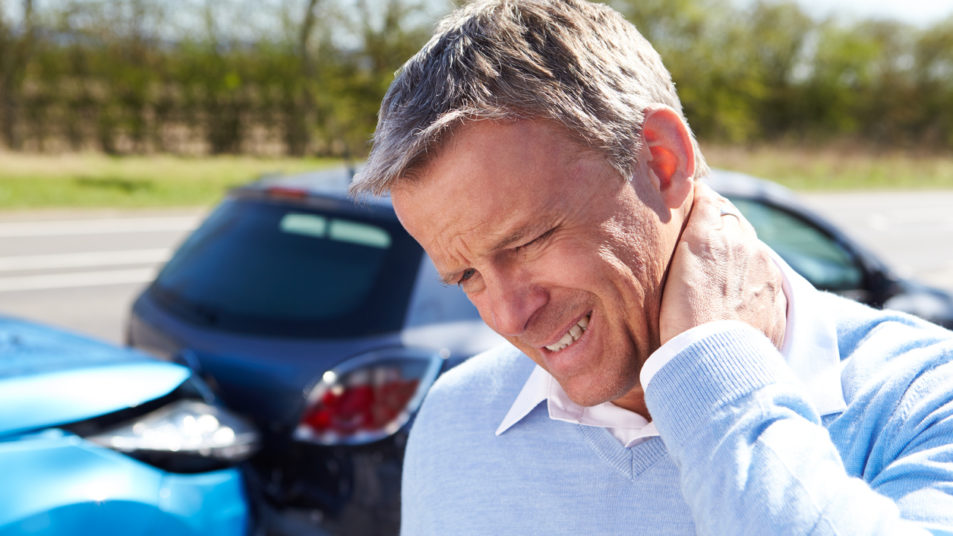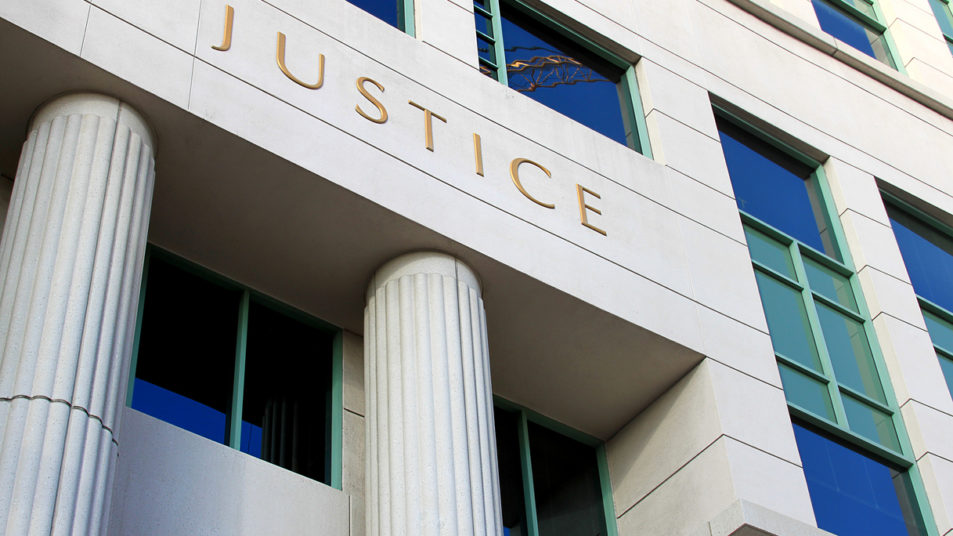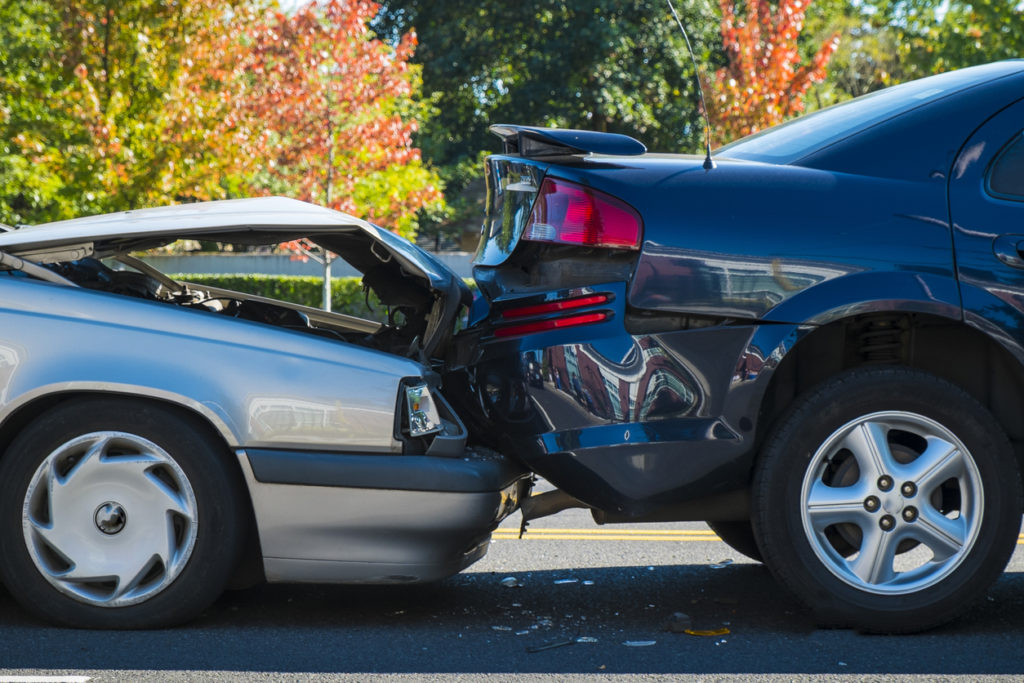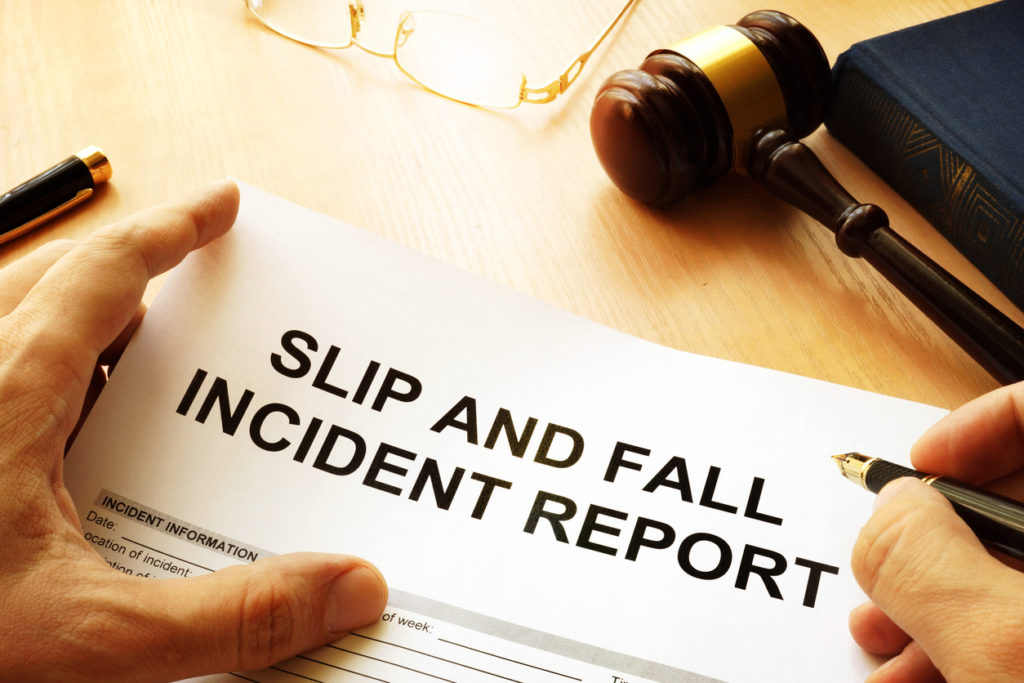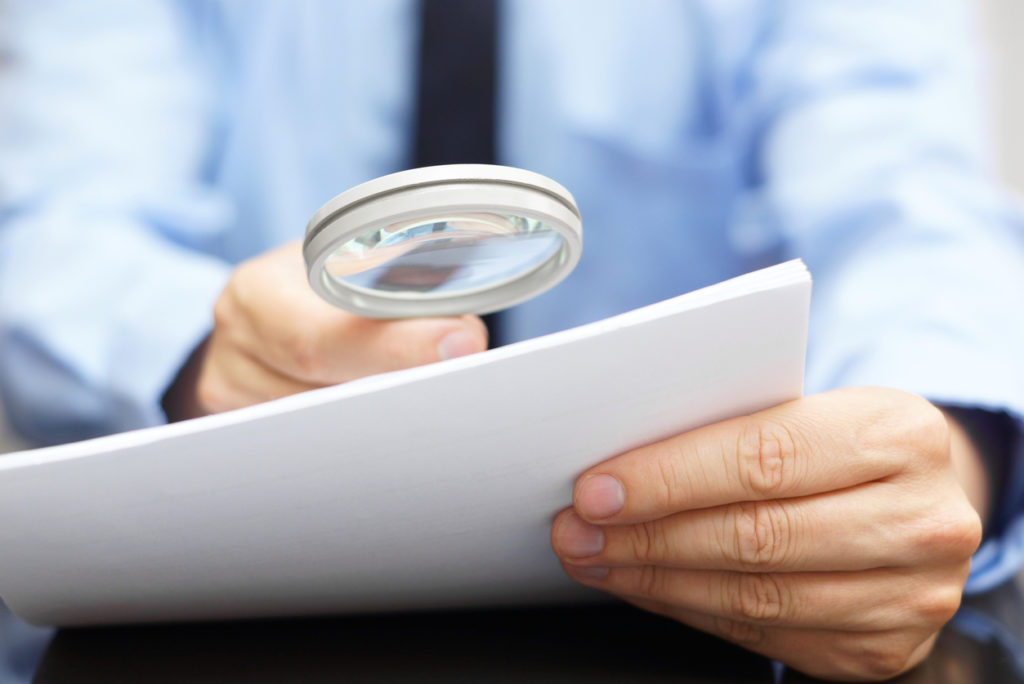Can Texas Employees Sue Their Employer if They Were Injured at Work?
Most states require employers to buy workers’ compensation insurance coverage for their employees. Texas is not one of those states. Employers who do not have workers’ comp are referred to as non-subscribers.
Employers must follow filing and notice requirements of the Texas Workers’ Compensation Act, even if the employer does not buy workers’ comp insurance.
While an employer may try to save money by not purchasing workers’ comp insurance, the employer opens itself up to workplace accident lawsuits by employees.
How Does the Workers’ Compensation System Protect Employers?
Workers’ compensation laws in Texas limit actions employees can take against employers for an injury at work. An injured employee must go through the workers’ comp system to seek benefits for a work-related injury. Benefits through workers’ comp are limited to:
- Receive necessary and reasonable medical treatment for work-related injuries and illnesses;
- Receive income benefits (a part of lost wages); and,
- Burial expenses and death benefits for dependents in the event of a work-related death.
The workers’ comp system is a no-fault system. The employee does not need to prove negligence or wrongdoing by the employer to receive workers’ comp benefits. However, workers’ comp laws shield an employer from further liability for a workplace accident.
In most cases, an employee cannot sue an employer after being injured at work. The employee is limited to the benefits available under The Workers’ Compensation Act.
If the employer is a non-subscriber, the employee may have a right to sue the employer for damages and losses related to an on-the-job injury.
If an employer is a non-subscriber, the employer loses the right to use certain defenses to an employee lawsuit for damages. Employers that do not have workers’ compensation insurance cannot raise certain defenses including:
- The injured employee knew of a specific danger or risk and accepted it;
- Another employee’s negligence caused the person’s injuries; or,
- The injured employee’s negligence contributed to the cause of the employee’s injury.
An employer may buy other insurance coverage that covers employees, including health, accident, or disability insurance. Buying other types of insurance coverage is not a substitute for workers’ compensation insurance.
If the employer does not have workers’ comp coverage, the employee may sue the employer for damages after being hurt at work.
Other Situations That Might Result in an Employee Lawsuit
Employees may sue employers in some other situations. The lawsuits can result in more compensation for a workplace injury.
If an employer intentionally causes an employee’s injury, the employee may sue the employer. Also, if an employer is grossly negligent, the employer could be held liable for damages in a civil claim.
Some federal laws protect certain employees, such as railroad workers, harbor workers, and longshoremen. These federal laws may also give certain employees rights to sue their employers for damages.
An injured worker may also have a claim against a third-party. Third-party claims may involve a defective product. Third-party claims may also involve negligence by a subcontractor or other individual not employed by the employer.
For instance, a third-party claim may arise after a car accident caused by another driver that occurred while an employee is on-the-job. The employee may have a claim against the other driver under Texas personal injury laws.
Why Would an Employee Want to Sue an Employer for Damages?
As stated above, an employee hurt at work is usually limited to the benefits provided by the workers’ compensation system. However, those benefits are restricted.
For example, an employee does not receive full compensation for all lost wages. The employee is only entitled to receive partial income benefits.
In a lawsuit against an employer, an employee may recover compensation for additional damages. Damages that might be recoverable in a personal injury lawsuit include, but are not limited to:
- Additional medical treatment that might not have been deemed necessary under workers’ compensation;
- Full compensation for all loss of income, including future loss of income or decreased earning capacity;
- Physical pain and suffering, including scarring, disfigurement, and permanent disability;
- Emotional distress and mental anguish; including depression, PTSD, and loss of quality of life;
- Cost of personal care and help with household chores; and,
- Other out-of-pocket expenses and financial losses related to the accident or the employee’s injury.
Filing a lawsuit against the employer or a third-party may result in full compensation for all damages.
The employee needs to prove negligence by the employer or the third party before the employee could recover compensation for the injuries, losses, and damages.
Talking to an attorney as soon as possible can be very beneficial for learning about your rights and options after a workplace injury.

